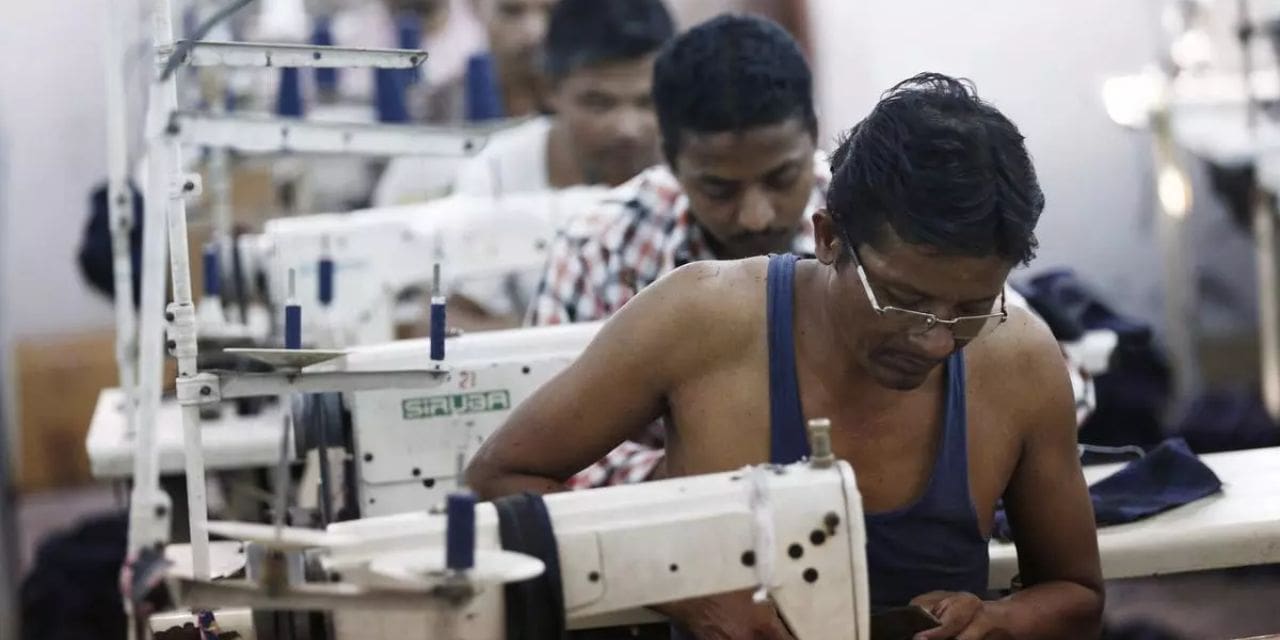According to a study cited by the Apparel Export Promotion Council (AEPC), the textiles sector was the target of up to 131 non-tariff barriers/measures (NTBs/NTMs) notifications from around the world in the last four years. These notifications included various certification requirements, inspection mandates, and new regulations. Of these, the garment industry accounted for 69% of the total.
“The EU, the US, and the UK are our main markets for the garment sector, so we need be especially cautious about any efforts by these countries to introduce legislation or regulations in the form of TBTs (technical barriers to trade) that would damage the apparel sector. Prior to the introduction of a new TBT or the modification of an existing one, the majority of nations undergo a consultation process. At a webinar on newly emerging NTBs in the apparel export sector jointly organised with the AEPC, Seetharaman Sampath, co-founder of Sarvada Legal, stated that Indian industry must participate in the consultation process and communicate its concerns and objections to the government at the initial stage of the law-making process itself rather than complaining after it has taken effect.
According to a survey conducted by Sarvada Legal, of the 131 NTBs notices issued pertaining to the textile sector since 2019, Uganda topped the list with 71 notifications, followed by Ecuador with 10, China with 8, Taiwan with 7, Israel with 5, the United States with 4, and Peru with 3.
Mithileshwar Thakur, Secretary General AEPC, stated that non-tariff barriers had “slowly but surely emerged as a potent tool to damage and even disrupt legitimate trade.”
He continued by saying that rich economies, including the EU, had recently begun to experiment with creative measures to limit imports from developing nations. “WTO agreements are violated by legislation like the EU Deforestation Regulation and the Carbon Border Adjustment Mechanism,” he said. “Therefore, ways and means need to be explored to handle the challenges arising out of these legislations.”

